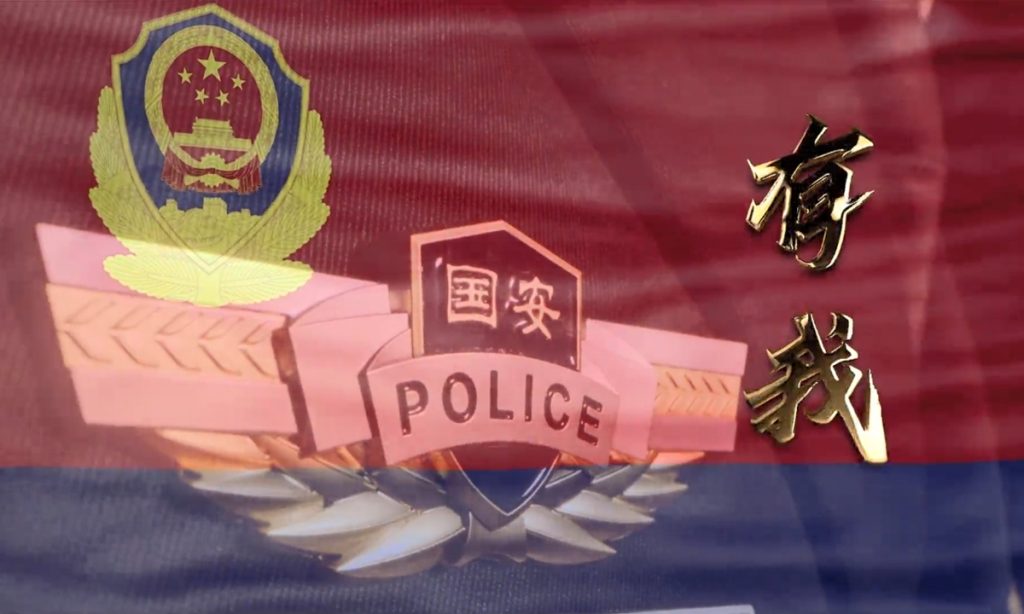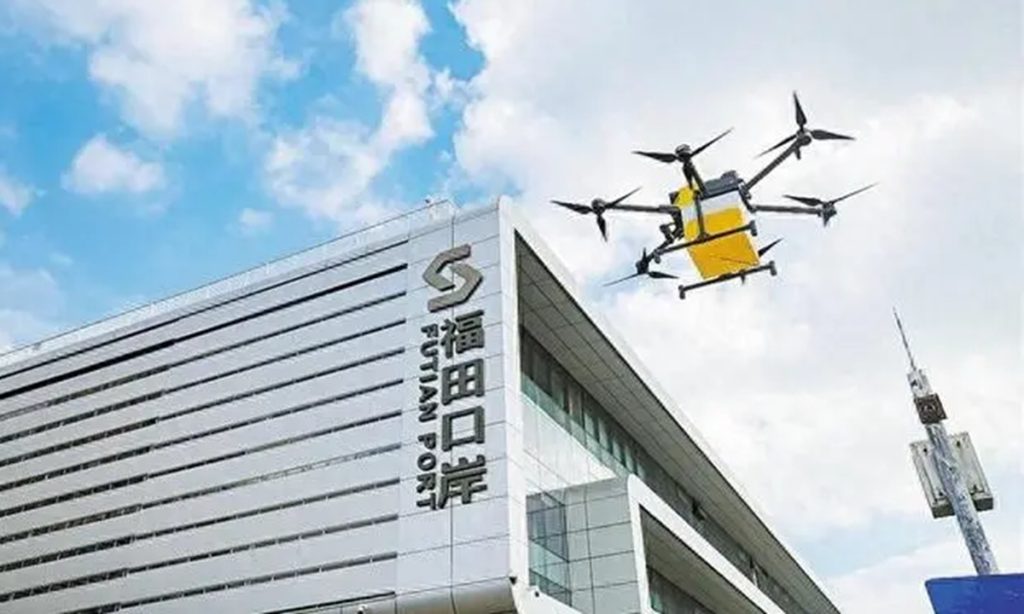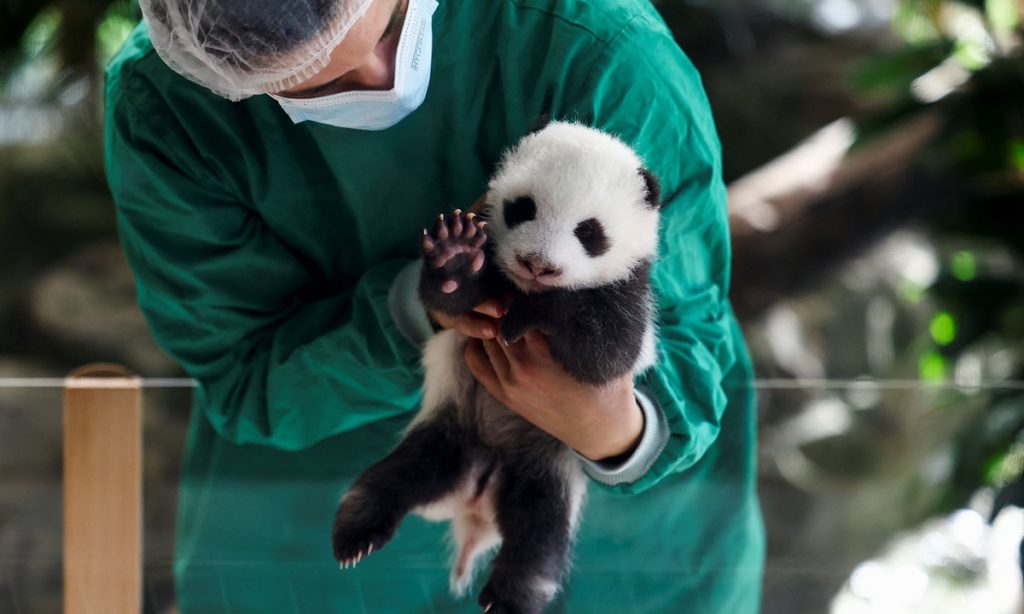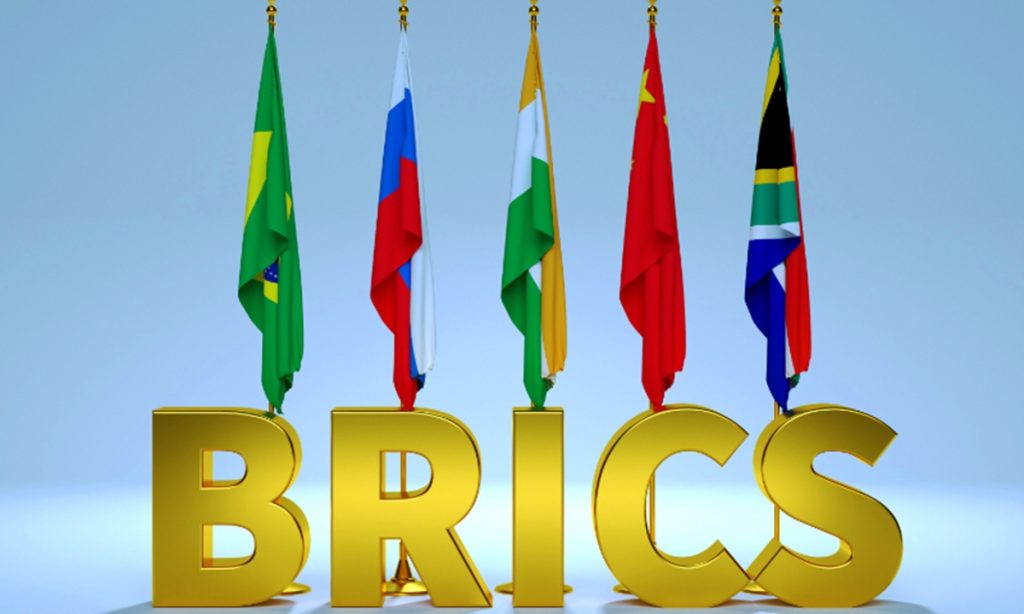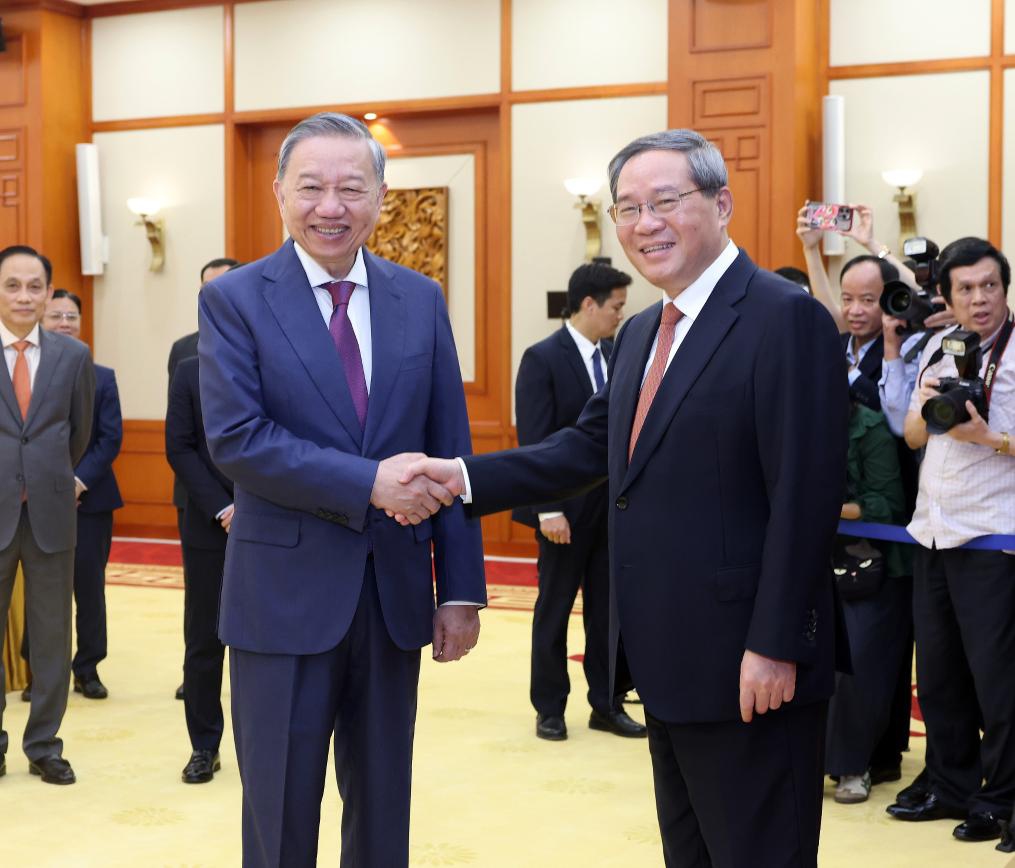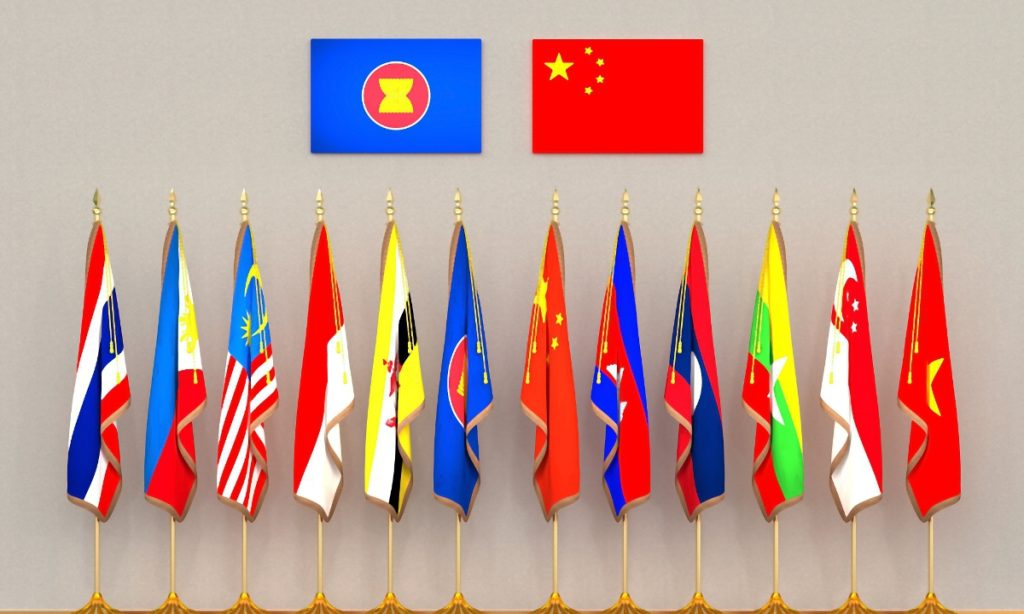EU’s Niinisto report shows ‘a problematic view of China’
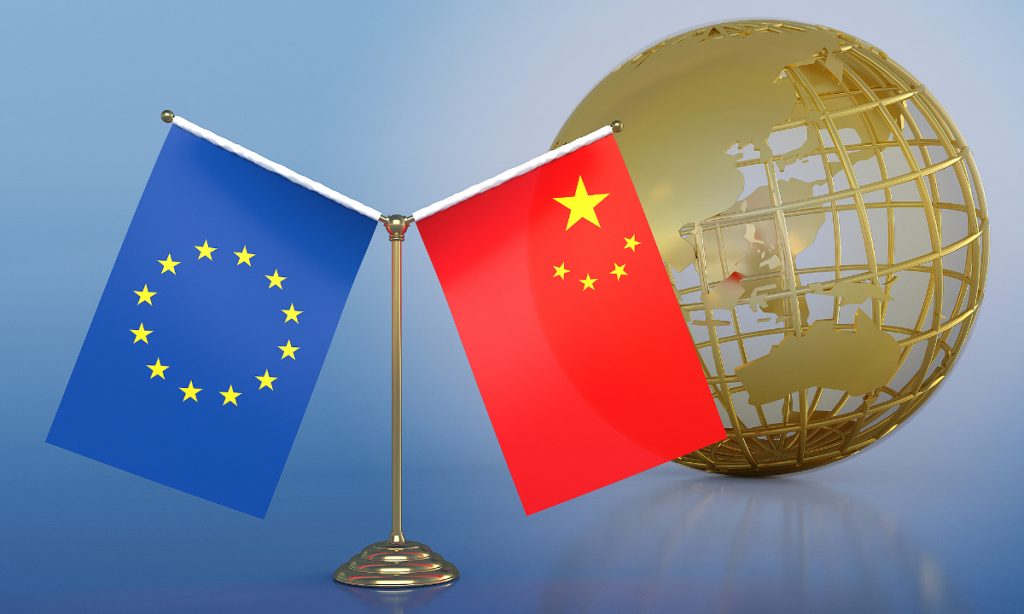
The European Union (EU) is sending mixed messages over its policy on China, with media reporting that the EU is set to send envoys to Beijing for further negotiations on the electric vehicles (EVs) tariff issue, while a report presented by Special Adviser to the President of the European Commission Sauli Niinisto recently showed a "problematic view of China."
If the EU wants to find an effective solution to the EV dispute with China and realize win-win cooperation to serve the needs of European countries for development in a turbulent world, EU leaders need to stop hyping the "China threat" rhetoric and stay away from the US' hostile containment strategy against China, as China has never seen the EU as a rival, but a partner for win-win cooperation, Chinese experts said on Thursday.
The report titled "Strengthening Europe's civil and military preparedness and readiness" by Sauli Niinisto, a former Finnish president, comprehensively covered the fields of economy, trade, industry, diplomacy and security of the EU. The report said "the economic and military rise of China in the Indo-Pacific, Russia's military aggression in Europe, and the strategic convergence between these two autocratic powers, is reshaping international relations across Eurasia and around the world - even if the majority of countries refuse to entertain a bloc logic and are engaged in multi-partnerships."
The report appears to be trying to blame China and Russia for the intensifying bloc confrontation that was initially pushed by the US across Eurasia via NATO expansion in Europe and building military alliances in the Asia-Pacific region, threatening regional peace and stability, said Li Haidong, a professor at the China Foreign Affairs University.
The report said "The increasingly confrontational policies and actions of Russia and China toward the West have already seriously undermined the long-held conviction that trade and economic interdependencies would overcome security dilemmas, and that the economy and security could be seen as essentially separate domains."
In the report, presented to Commission President Ursula von der Leyen, Niinisto suggested the EU must signal to the US that it is prepared to pay its way on military and civil preparedness.
"The fact is that China's development has brought significant benefits to nations worldwide, including European ones, while US hegemonic strategy is fostering chaos around the globe. The interdependencies between China and Europe should be strengthened and developed, not pushed toward decoupling in the name of 'security'," Li noted.
Some Chinese analysts questioned whether this report was based on the EU's own interests or just a document to prove some EU leaders' loyalty to Washington, but added that blindly following the US and distancing itself from China is not a wise choice for the EU.
Jiang Feng, a research fellow at the Shanghai International Studies University, said in an article published in the Global Times on Wednesday that "In the wake of the Russia-Ukraine conflict, the continent is more reliant on the US for security than at any time since the Cold War. However, the post-election US may not want to bear such dependence unless Europe pays a significant price. This situation means that Europe is drifting further away from the ideal of an independent and autonomous security policy."
How to cooperate?
On Thursday, Bloomberg reported that "The EU has decided to send officials to Beijing to hold more talks aimed at finding an alternative to tariffs on EVs from China, according to people familiar with the matter."
Agreeing to travel to Beijing suggests there is some momentum in the negotiations, the people, who spoke on condition of anonymity, told Bloomberg. They cautioned, however, that a deal to replace the levies, which came into force on Wednesday, remains complicated. "Plans were still being finalized and need to be coordinated with Beijing," Bloomberg reported.
Cui Hongjian, a professor at the Academy of Regional and Global Governance at Beijing Foreign Studies University, told the Global Times on Thursday that if the EU really wants to reach a deal with China on EV tariffs, it should stop hyping the "China threat" rhetoric to the public while releasing signals for talks. "If the stances are subject to interruption from political tunes, it will be difficult for Europe and China to reach a solution."
The EU made the unilateral decision on tariffs first and then came to China for negotiations, which has put up some obstacles for the two sides to fundamentally improving and facilitating their trade policies, and in order to achieve more goals than just communication on technical issues, the EU needs to release more friendly messages rather than hyping the "China threat" rhetoric, Cui noted.
Li said some EU leaders need to correct their problematic view on China, as shown in the report, to create condition for sustainable win-win cooperation between the two sides.
